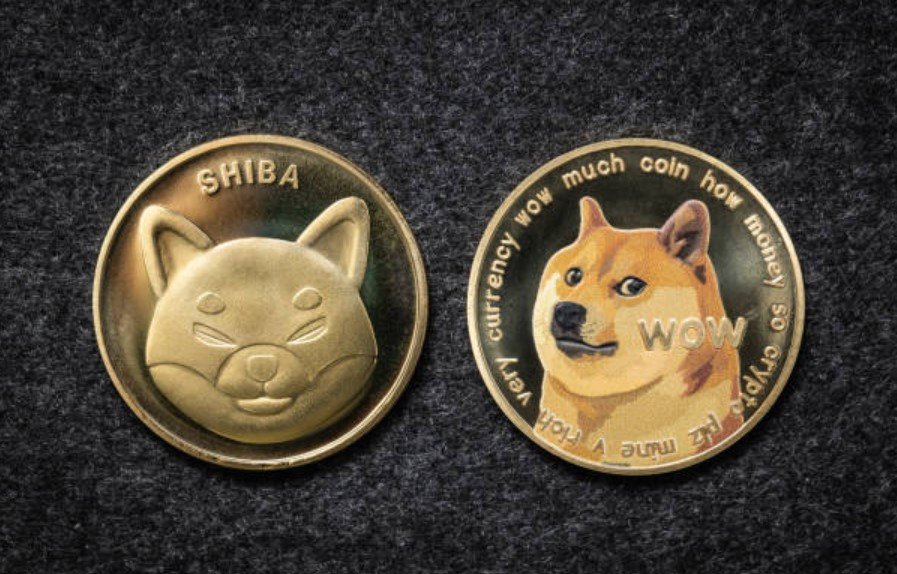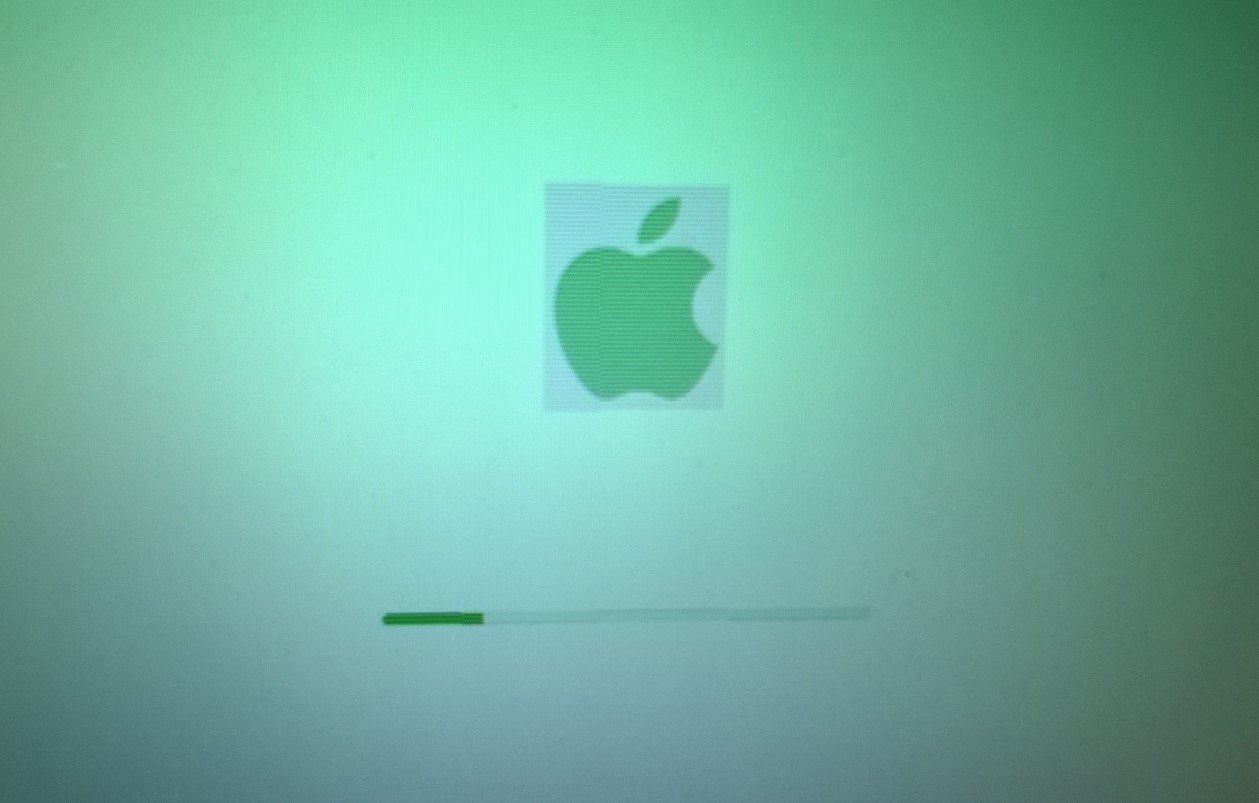News
Shiba Inu’s Unlikely $1 Dream: Could 2025 Be a Turning Point?
The meteoric rise and fall of Shiba Inu (SHIB) is a cautionary tale of hype-driven investing. From its near-zero debut in 2021 to its jaw-dropping peak that turned pocket change into life-changing wealth, Shiba Inu captured the imagination of speculators worldwide. Yet, the meme token’s struggle to sustain value has reignited questions about its viability, especially as some believers dare to dream of a $1 price tag.
A Spectacular Ascent and a Hard Reality Check
Shiba Inu entered the cryptocurrency market in 2021 at an almost comically low price of $0.00000000008. Yet, fueled by speculative frenzy, it surged by an unprecedented 107,499,900%, peaking at $0.000086 that October. This staggering rally meant that $1 invested at launch could have ballooned to over $1 million. But the euphoria was short-lived.
By mid-2022, Shiba Inu had shed over 90% of its value. Despite a modest recovery in 2024, its current price of $0.000023 remains a shadow of its former glory, over 70% below its all-time high. This trajectory highlights the dangers of relying on speculative assets with little real-world utility.
Favorable Winds for Crypto in 2025
Cryptocurrencies broadly benefited from a confluence of economic and political factors in 2024, and these tailwinds might persist into 2025:
- Economic Optimism
A booming U.S. economy and easing inflation led the Federal Reserve to slash interest rates in late 2024. Lower rates diminished the allure of risk-free assets, encouraging investors to seek growth opportunities in sectors like cryptocurrencies. - Pro-Crypto Political Climate
The election of Donald Trump in November 2024 spurred optimism among crypto enthusiasts. His administration’s crypto-friendly stance, including the nomination of blockchain advocate Paul Atkins to head the SEC, signals an environment ripe for digital assets to thrive. - Speculative Appetite
With a record-breaking $3.9 trillion in circulating cryptocurrencies by the end of 2024, investors flooded into meme tokens like Shiba Inu, hoping for another explosive rally.
Still, Shiba Inu’s reliance on speculation rather than substance remains a significant obstacle.
The Challenges of Use and Supply
Shiba Inu’s lack of real-world utility is a glaring limitation. Fewer than 1,000 businesses globally accept SHIB as payment, according to Cryptwerk, and most of them are niche players in industries like online gambling and crypto services. The token’s volatility and Ethereum-based architecture, which is often slow and costly, further discourage adoption.
Efforts to address these shortcomings, like the launch of Shibarium, a Layer-2 solution, haven’t moved the needle much. Without broader adoption, Shiba Inu’s long-term prospects hinge on reducing its massive token supply.
The Math Doesn’t Add Up
With 589.5 trillion tokens in circulation, Shiba Inu’s current market cap is about $13 billion. For the token to hit $1, its market cap would need to balloon to $589.5 trillion — an unfathomable figure far exceeding the combined wealth of all individuals on Earth.
The community has attempted to address this issue through token burns, but progress is glacial. At the current pace, only 28.8 billion tokens are burned annually. This rate suggests it would take over 20,000 years to burn enough tokens to justify a $1 price.
Even if the supply were drastically reduced, it wouldn’t create real value. A higher price per token would merely reflect fewer tokens in circulation, leaving investors with the same market capitalization.
Should Investors Bet on Shiba Inu?
For all its flaws, Shiba Inu remains a speculative darling for some investors. The potential for short-term gains in a risk-on environment is enticing, but the fundamentals suggest that sustained growth is unlikely without meaningful use cases or a drastic reduction in supply.
The cryptocurrency market is no stranger to surprises, and Shiba Inu’s past performance proves it’s capable of defying expectations. However, the odds of it reaching $1 in 2025 are astronomical, if not outright impossible. For investors, it’s a gamble—one that might not pay off in the long run.















